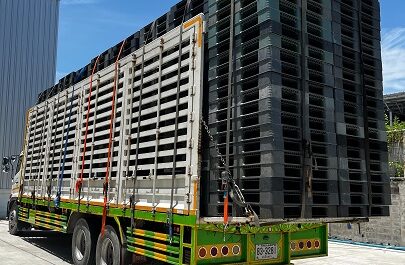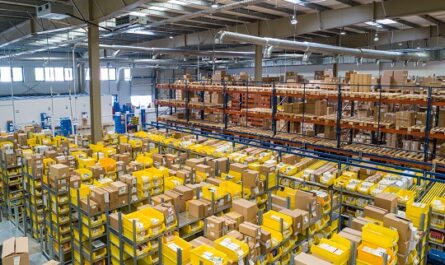Someone in charge of the production function once asked me. He reported that the production target for the month had been achieved, but that there were still a few working days left. He asked whether production should be stopped or continued for the remaining days.
My answer, of course, is to stop production.
The fact that the production target has been achieved with a few working days remaining is a clear indication that the available production capacity exceeds what the company requires. As a result, at the end of each month, there is idle capacity.
Ideally? Of course, you have the capability to meet your requirements. It is still acceptable to have a little more capacity to anticipate the increase in volume.
This post will go over what you should do in a situation like the one described above.
But first, make sure you’ve joined the scmguide telegram channel to get more supply chain management tips and don’t miss the latest blog updates.
Table of Contents
What should you do with the rest of your working day when your production target has been achieved?
Now consider your options in a situation similar to the one described above.
What happens if you keep producing?
First, we’ll see what happens if you decide to keep producing.
Increasing stock of finished goods
Choosing to continue production means shifting your production plans from next month to this month.
What will happen if you do this?
Of course, finished goods excess inventory.
Why?
Because you produce goods that your sales team does not require.
As a result, no one buys your products. Everything will pile up in your warehouse and fill it up. This, of course, will disrupt your warehouse operations. Not to mention the costs associated with managing excess inventory.
You might also like:
- 4 Reasons Not to Work Too Diligently in Supply Chain Management
- What’s Inventory Management? Benefits, Types, & Techniques
Supplier distrust
When you advance the production plan, you must also advance the delivery of raw materials from the supplier.
When this occurs, especially if it is repeated, you will lose the supplier’s trust in the estimated purchase numbers you provide.

They will no longer pay attention if you give an estimate of your next purchase quantity. Because they believe the number will change in the end and they will be unable to use it as a reference.
If this continues, it will be difficult to regain their trust. Regaining your supplier’s trust can take time.
Stop production is the second option
What can you do to fill the remaining working days if you have to stop production?
You can keep your team productive by engaging in a variety of activities.
Let’s see.
Do 5S activities
The first thing you can do is perform 5S activities.
All existing equipment and materials can be returned to their original locations.
You can clean all of the facility floors, which is impossible to do during production.
At this time, you can even repair some of the damaged facilities.
Hold training
When was the last time you provided training to your team?
Now is the time to give them new training. Or, you can also refresh what they already know to make them more understanding and trained to do their job.
Do maintenance
Now is the time to inspect and maintain the various machines and tools that you use in production or other processes.
Do this to keep the machine and tools running smoothly.
Save cost
Stopping production also means saving money on electricity or other utilities.
Lay off your employees
You may also choose this option. Lay off your employees.
You can deduct employee transportation and lunch expenses.
You might also like:
Why do you have to stick to the production schedule that has been set in place?
Many factors are considered when developing a production plan, including:
- Sales requirements.
- Material availability.
- Storage space.
- And so on.
As a result, you can’t change it at will because each change will have an impact on other related functions.
Conclusion
If your production target is achieved before the current period ends, you have excess production capacity.
So, what should you do?
Of course, if you can increase your sales volume, that would be ideal. Your production capacity is being absorbed, while your sales are increasing.
If you can’t, whether you like it or not, you must reduce your production capacity, either by reducing the number of employees, working days, or other means.
If you can’t, do the other useful activities I mentioned above. At the very least, you can enjoy the benefits in the long run.
***
Back to the company I mentioned earlier, the most recent news I heard was that they were forced to close their manufacturing facilities and enforce work-from-home policies for three months.
Why?
Of course, because they have an excess of unsold stock that is filling their warehouse.
Isn’t it all the same in the end? Production had to continue to stop. In fact, products with an expiration date will be at risk of aging or expiration.
As a result, try to balance your company’s demand and supply as much as possible.
Stick to the production schedule that has been agreed upon. Many factors have been considered as a result of the plan’s creation in order to keep your business productive, effective, and efficient.
Hope it useful!
Share this article with your coworkers so they can obtain the same benefits as you. Join the scmguide telegram channel for more information on supply chain management. All of the articles on this blog are free to use for any purpose, including commercial ones, without attribution.

 by
by 

